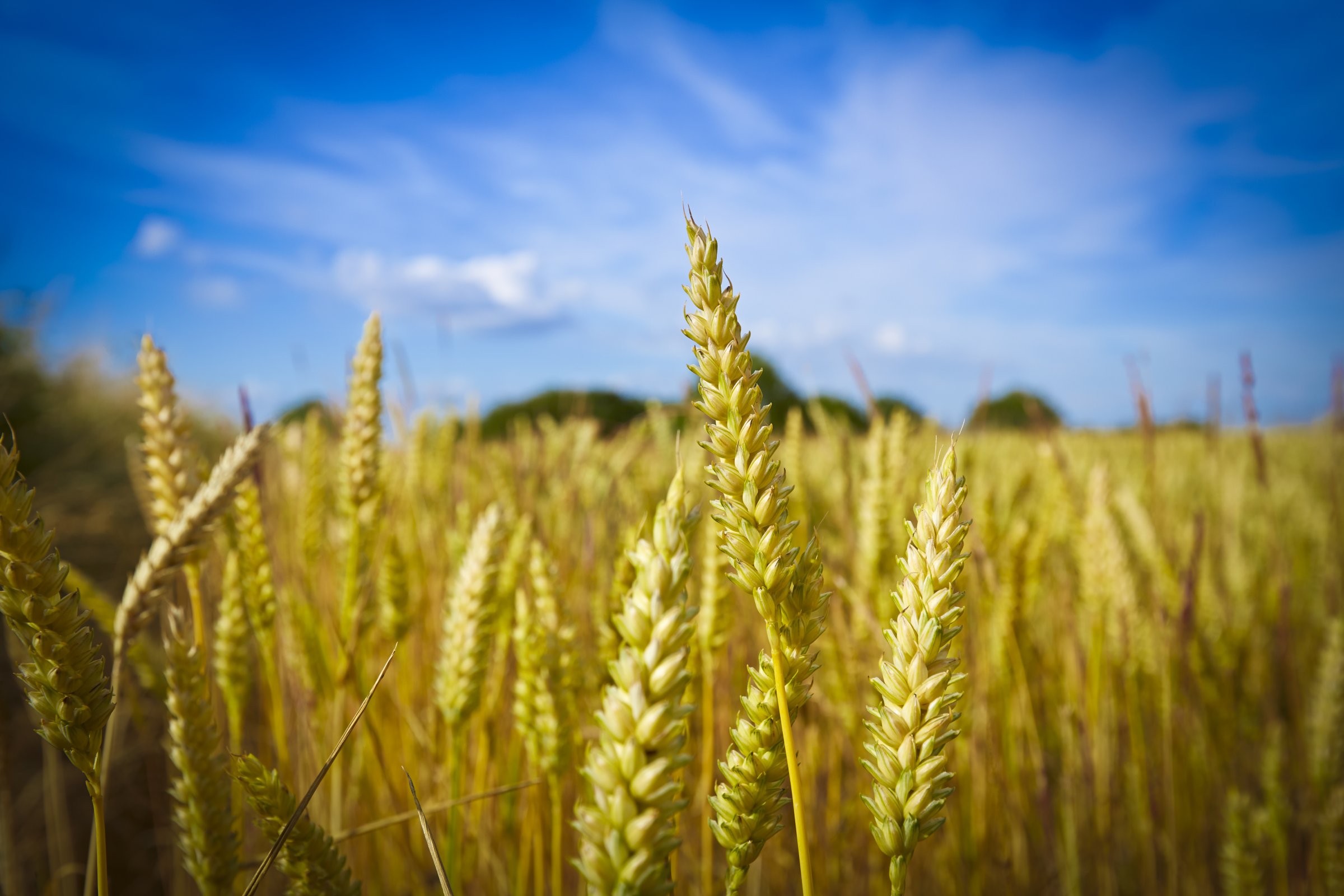
Correction appended, July 1, 2015
The lack of rain caused by the California drought has left farmers desperate for water. With nowhere else to look, many have turned to ground water buried deep beneath the Earth’s surface. But this isn’t the first time American farmers have turned to groundwater. Indeed, more than 40% of irrigated agriculture in the U.S. relies on groundwater.
Now, a new study in the journal PNAS shows how reliance on a finite supply of groundwater for agriculture threatens global food security. More than 18% of the U.S. supply of so-called cereal grains like corn, rice and wheat depends on a limited supply of groundwater found deep below the earth in aquifers, researchers found.
“Eventually these groundwater resources will no longer be able to produce food,” said study author Megan Konar, an assistant professor at the University of Illinois Urbana-Champaign. “If there are cereal shortages, that has direct consequences for people’s ability to consume enough calories.”
Trillions of gallons of fresh groundwater are hidden beneath the Earth’s surface, according to estimates by the U.S. Geological Survey. The supply is still finite even if that number sounds immense, Konar says. Unlike lakes and rivers, which can quickly replenish with new rainfall, aquifers collect water over centuries and millennia. Even if groundwater didn’t disappear entirely, continuing to exploit aquifers could ultimately make tapping groundwater for irrigation too costly for farmers.
For the study, researchers evaluated data on virtual groundwater use to determine which areas rely most on overextended groundwater aquifers. Virtual groundwater refers to the transfer of water via products, agricultural and otherwise, rather than direct water use. The study included the Central Valley Aquifer in California, the High Plains Aquifer in the central U.S. and the Mississippi Embayment Aquifer in the area surrounding the Mississippi River.
Within the U.S., the metropolitan areas of San Francisco, Los Angeles, Dallas-Fort Worth and New Orleans topped the list of cities most reliant on groundwater aquifers. The implications of the study extend globally. Around 10% of cereal grains in Japan, Taiwan and Panama come from U.S. sources that rely on groundwater aquifers.
Still, policymakers could institute reforms to wean the agricultural sector’s reliance on groundwater and treat the water as reserves for when times get tough, like the current California drought. Crops that require high volumes of water—such as rice and corn—could be grown in areas with more rainfall, for instance, Konar says. The agricultural sector could also grow different crops that rely on less water altogether.
Despite these potential solutions, Konar says policymakers still need to weigh the costs of changing food production patterns. “It’s a tradeoff between future food security and current agricultural production,” she said.
Correction: The original version of this story misidentified Megan Konar. She is an assistant professor at the University of Illinois Urbana-Champaign.
More Must-Reads from TIME
- Donald Trump Is TIME's 2024 Person of the Year
- Why We Chose Trump as Person of the Year
- Is Intermittent Fasting Good or Bad for You?
- The 100 Must-Read Books of 2024
- The 20 Best Christmas TV Episodes
- Column: If Optimism Feels Ridiculous Now, Try Hope
- The Future of Climate Action Is Trade Policy
- Merle Bombardieri Is Helping People Make the Baby Decision
Write to Justin Worland at justin.worland@time.com